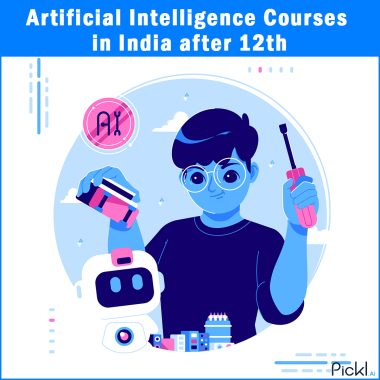Introduction
The Generative AI that captures the imagination of developers, artists, and business leaders alike is an unprecedented ability in the development world: creating realistic text, images, music, and even videos with Machine Learning.
Still, it’s rather challenging for one of the very first beginners to do this because they require aid in figuring out how this idea turns into an available AI application.
This guide follows the steps from an idea to publishing a working Generative AI project through the stages of tools, techniques, and best practices. It will help us develop Generative AI in the right direction so that impactful applications can be delivered successfully.
Step 1: Identify Your Idea
Define the idea behind your project. At this point, you know you are creating it to build any Generative AI application.
● What are you trying to create? – A text generator, image generator, video editor, or music composer.
● Who will benefit from your application? You must identify your application’s target audience and think from that audience’s perspective.
● What problem will this application solve, or how will it benefit the users? – This can guide you in incorporating useful features into your application.
It’s often best for beginners to start with a straightforward concept, such as a chatbot that generates responses or a simple image creator. Those seeking structured learning in this field must consider AI courses, like the IISc AI course.
Step 2: Choose the Generative AI Model
Generative AI has different types of models created for a specific purpose. Some of the AI models are:
● Text Generation: Models like GPT-4 and BERT are mostly used to develop conversational chatbots.
● Image Generation: Tools like DALL-E, Midjourney, and Stable Diffusion can create images based on text prompts.
● Music Generation: Tools like Jukedeck or OpenAI’s MuseNet can create music with a specific genre or mood.
Step 3: Gather Data
Data forms the backbone of any Generative AI product. Therefore, generative models are trained on large datasets of patterns and relationships; quality data is thus needed.
● Data Collection: Determine relevant sources and where to find the data. This may be in the form of existing or custom datasets. For text-based projects, online corpora would be a good starting point; images could use open databases such as ImageNet or dedicated online resources.
● Data Processing: Raw data is seldom used in its raw format. Most times, it needs cleaning and formatting before being used. Such cleaning and formatting processes include eliminating duplicates, data normalisation, such as text transformations to lowercase, and ensuring that the data is consistent and relevant.
● Data Labelling: You must annotate data for some projects. For instance, if you train an image generator, you will want to classify images by type, style or colour.
Step 4: Train the Model
Now that you’ve collected and cleaned your dataset, it’s time to fit your model. You can choose to use pre-trained models or tune them.
- Pre-Trained Models: Models like GPT for text or Stable Diffusion for images will have prior knowledge. You can fine-tune these to your data set, conserving much of your computing power and time.
- Fine Tuning: Fine-tuning is the retraining of a pre-trained model on your custom data. This enables the model to align with your project requirements, giving custom-made outputs tailored to your needs.
Step 5: Test Model’s Output
Testing is important to ensure the generated AI application meets your expectations. To test the model, you have to run a sample output. You can also test different inputs to see how well your model will generate the desired output.
The result of Generative AI usually tends to be biased or even very low quality; therefore, ensure you constantly review your output for possible recurring problems. Adjust the model if the test results do not conform to desired performance standards. Retrain or fine-tune it if necessary.
Step 6: Integrate Trustworthy AI Principles
Generative AI is everywhere, so you have to build responsible and ethical applications. Responsible AI is transparent with users, so they know that they are chatting with an AI. Additionally, by actively testing AI, the developers can ensure that the model doesn’t propagate harmful biases that can negatively affect the outcomes and make them unreliable.
Step 7: Deploy Application
After testing and fine-tuning your model, it is time to deploy it. The deployment process sets up the model in an environment where users can access it. The following are platforms on which to deploy your application:
● On the cloud
● Integrate a model to the web or mobile application
● Make an API to make the model accessible to all
Conclusion
An effective experience in building your first Generative AI project that gives you first-hand knowledge of the power and possibility within AI is an end-to-end ideation process where each step takes you towards creating a practical application that can generate content of meaning.
True, you might be interested in building a simple chatbot or an image generator, but this step-by-step approach will help you realise your idea.
A Generative AI course is an excellent source of teaching and learning for those who want some form of structured direction. Such courses cover the broad landscape of model selection, training, deployment, and ethical considerations.



